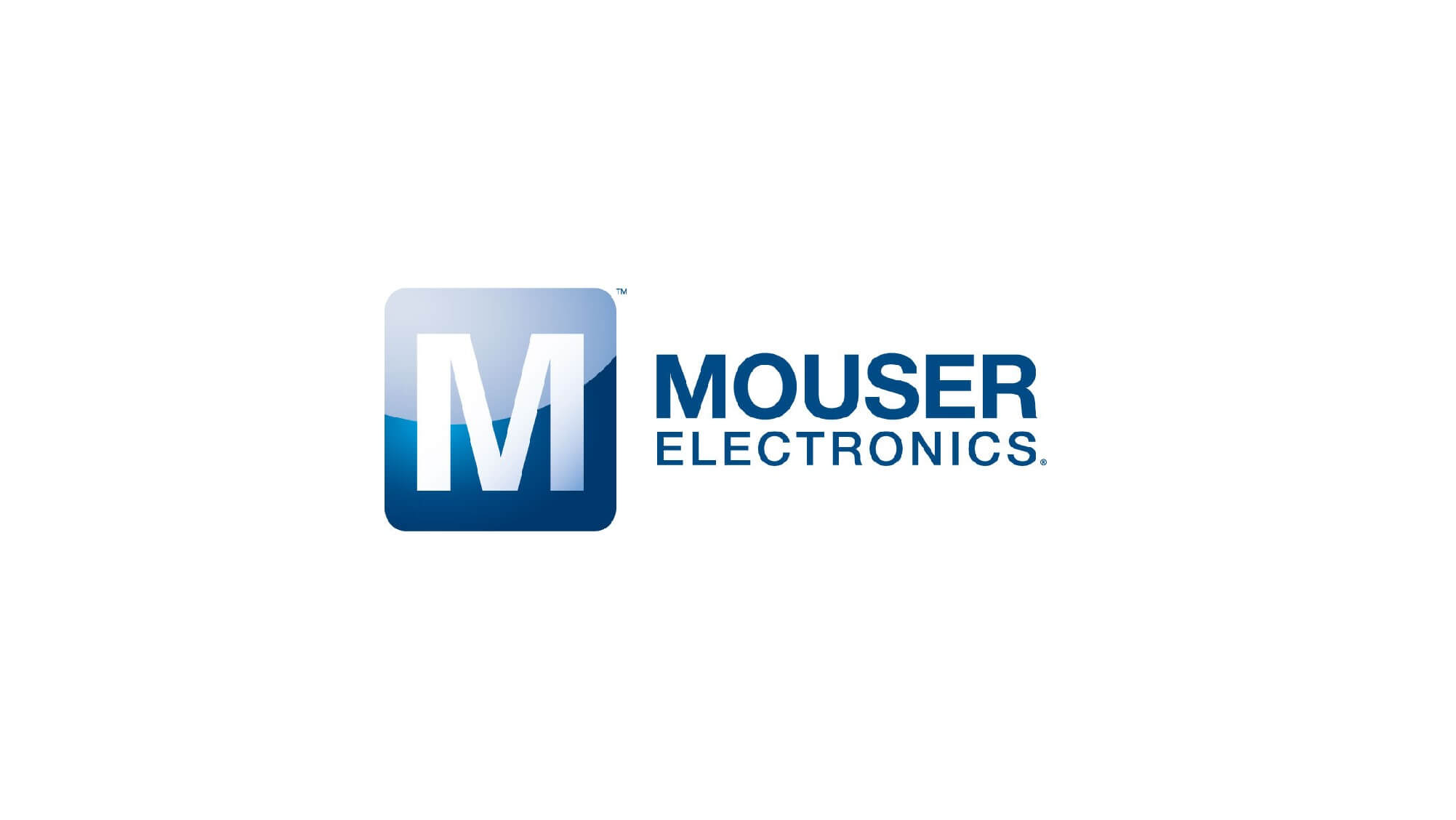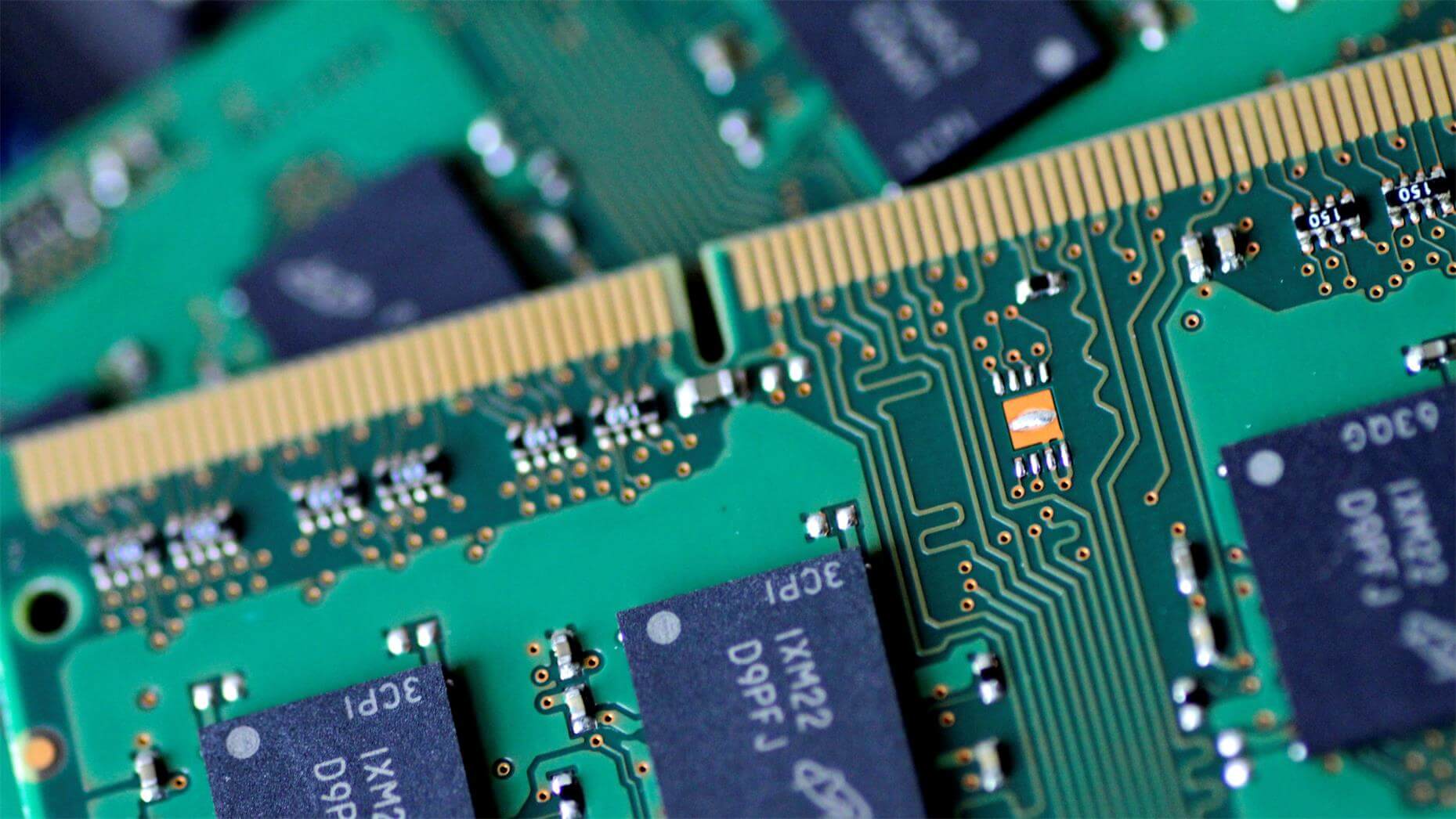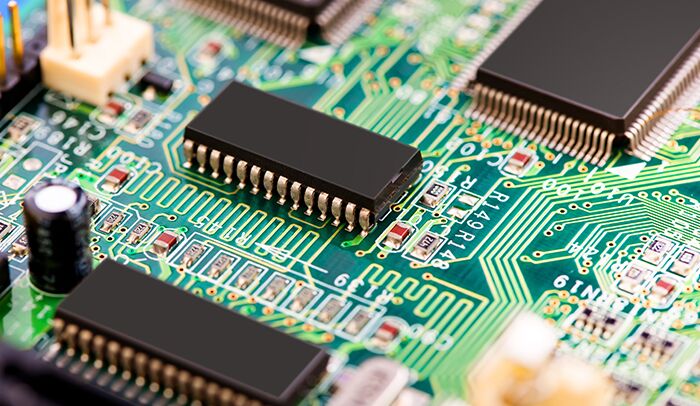According to a report released by Morgan Stanley's analyst team in December 2018, the cyclical downturn in the global semiconductor industry in 2019 is not over yet, and the expected growth in the North American and Asia Pacific markets is reduced from -1% to -5%.
Analysts believe that in the next five years, the growth rate of the semiconductor industry will fluctuate around the GDP growth rate, but it is not optimistic about 2019, they believe that the situation will be more severe than the 2015 industry downturn. However, there are still opportunities in China's semiconductor industry, and the overall future growth will be in the two fields of artificial intelligence and machine learning as well as autonomous driving.
The report pointed out that the key to the future growth of the global semiconductor industry is the artificial intelligence and machine learning as well as the autonomous driving. Among them, machine learning applications are being upgraded from data center to edge computing, while current machine learning is relatively early in development, but in the next three to five years, the focus will shift from semiconductor tools for algorithm development to computer solutions to replace human capital.
In addition, artificial intelligence and machine learning can also be applied to Amazon Go concept stores built on computer vision, face or license plate recognition, crime surveillance cameras and medical radiography.
In terms of autonomous driving, analysts believe this is a key development direction for automotive equipment manufacturers.
With the repeated calculation of safety applications and the cheapening of technology, fully automatic vehicles are developing in stages. Autonomous driving is also accompanied by the adoption of processors, sensors, and new technologies such as car-to-shop communication. These technologies will push the global semiconductor industry to increase the market value of the automotive industry by two to three times in the next five to ten years, and the current number of vehicles using semiconductor products will increase from the current $400 per vehicle to $1,000.












All Comments (0)